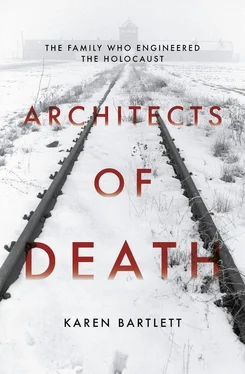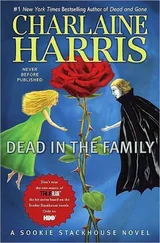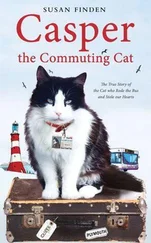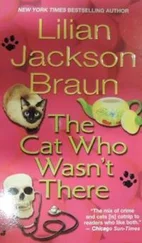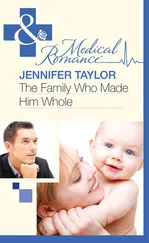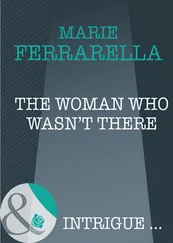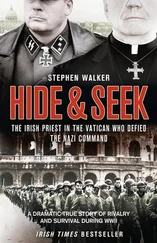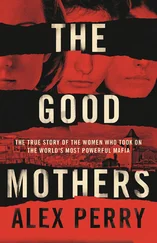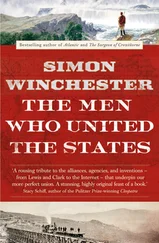Born into a family of engineers, Hartmut struck out on a separate path, finding that his passion lay with theatre and journalism instead. After trying and failing to become an actor, he pursued a lifelong interest in puppet theatre.
‘The beauty of puppet theatre is that you can soar, you can fly, you can crash, you can die. You can do all the things that you cannot do as a human on stage. And, of course, there is the mask,’ Hartmut says. ‘The puppeteer who can do anything and ask anything without being seen. Without revealing himself.’
As a small boy, Hartmut remembers his father acting out puppet shows through the open dining room window of their house, while the children watched from the garden. His real fascination with puppets, however, came from his friend Hans Laessig, who lived down the street. ‘He made beautiful wooden puppets, and I put them all along the shelf on the wall in my bedroom,’ [1] Author interview with Hartmut Topf.
Hartmut says. But Hans came from a partly Jewish family – and one day he vanished. As a boy, Hartmut understood the silent complicity of asking no questions, but as an adult he would seek to find out what had happened to his friend Hans, just as he would unravel the truth about Topf and Sons. In doing so, he would discover that his family firm had played an integral and crucial role in the murder of millions.
CHAPTER ONE
BORN AND BRED AT J. A. Topf
ERFURT. WINTER, 1941.
Two years after Germany launched the vast territorial land-grab across Europe that had spurred the start of the Second World War, the citizens of Erfurt, a small city near Weimar in central Germany, still convinced themselves that they were winning. France was conquered. Swathes of eastern Europe lay ‘reunited’ under Nazi control. Britain had been beaten back to its own shores. Local articles in the Thüringer Allgemeine still confidently reported cultural snippets and details of mundane daily life – wives of German soldiers holidaying in Italy, who were enjoying spending time on sunny beaches with their children; allotments that needed to be prepared for winter; the mayor of Erfurt warning its citizens to maintain the good name of the town by keeping the streets clean.
Nonetheless, even the most complacent and dedicated Nazis were beginning to feel a twinge of unease. In early December, Hitler announced that Germany would also be waging war on the United States, following the Japanese attack on Pearl Harbor. In the dead of winter in Russia, German forces gathered for a perilous and unprecedented march towards Moscow. The Thüringer Allgemeine began to use photo-reporting from the Eastern Front, dedicating endless front-page articles to news about the fighting. ‘Heroic’ and ‘victorious’ as it all appeared to be – the scale of the war was now vast. Stories about success in the Crimea, the sinking of British ships, enormous Soviet losses were churned out daily, followed by maps of Asia, illustrating the sweeping Japanese advance. No ordinary citizen can escape the reality that, just as it had done since taking power in 1933, the Nazi regime continued to raise the stakes, increment by increment, restlessly and insatiably moving towards a final goal.
For the Jews of Europe, the horror of that goal was becoming clearer: from 1933 to 1939 German Jews had been systematically stripped of every human and civil right, banned from working in almost any profession, owning property, going to school, marrying a non-Jew, walking the streets in safety and were forced to carry a passport or identity card stamped with a large letter ‘J’. Jewish families had watched in horror during the Kristallnacht (Night of Broken Glass) of 9 October 1938, when more than 7,000 Jewish businesses, homes and synagogues were looted and burned down. Their terror spread across Europe while the onslaught of Nazi occupation led to the establishment of massive Jewish ghettos in Poland and the rest of eastern Europe alongside plans to ‘resettle’ European Jews in the lands of the east.
Hitler’s aim to murder the Jews of Europe had never been particularly well hidden. In 1945, former journalist Major Josef Hell claimed that, as early as 1922, Hitler had told him:
Once I am really in power, my first and foremost task will be the annihilation of the Jews. As soon as I have the power to do so, I will have gallows built in rows – at the Marienplatz in Munich for example – as many as traffic allows. Then the Jews will be hanged indiscriminately, and they will remain hanging until they stink; they will hang there as long as the principles of hygiene permit. As soon as they have been untied, the next batch will be strung up, and so on down the line, until the last Jew in Munich has been exterminated. [2] Gerald Fleming, Hitler and the Final Solution, University of California Press, 1984, p. 45.
Since the summer of 1941, the Nazis had been mulling over how to implement Hitler’s ‘final solution of the Jewish question’ and in August of that year they discovered a horrible possibility. When testing a delousing agent, Zyklon B gas, on Soviet prisoners of war at a prison camp in Silesia known as Auschwitz, they discovered that the noxious substance had the ability to kill all those who breathed in its fumes. In the winter of 1941, the chief of the German police and SS, Heinrich Himmler, summoned Auschwitz Kommandant Rudolf Höss to Berlin to answer what the Nazis considered to be the vital question of how best to achieve annihilation. On 20 January 1942, while newspapers focused on collecting woollen fabrics for the war effort and celebrating the successes of German engineering and the Autobahn, Himmler hosted the infamous Wannsee Conference. ‘Whatever Jews we can reach are to be eliminated,’ Himmler tells Höss, ‘without exception.’ [3] Ibid., p. 47.
The resolution the Nazis reach will require a cold-blooded alchemy of technical ingenuity and moral bankruptcy, and will be brought into being not in the cold swampy flatlands of Poland, but, in part, in a comfortable office in one of Germany’s most pleasant cities. An office with drawing boards and a view of the Ettersberg mountain – where middle-aged men wearing stiff white collars dream up horrors, each more demented than the last.
These are the offices of Topf and Sons, a proud local company noted for expertise in producing agricultural equipment for brewing and malting. Topf and Sons has been working with the Nazis since 17 May 1939, when engineer Kurt Prüfer produces a drawing for a mobile, oil-heated Topf cremation oven, securing the company’s first commission with the SS. The mobile ovens will be used to incinerate the growing number of bodies at concentration camps, including the nearby camp at Buchenwald. Although the initial order is for only three mobile ovens, the company has crossed its first and most important moral line in producing them. For the ovens are based on Kurt Prüfer’s design for a mobile waste incinerator intended only for animal use and which does not meet the strict technical requirements necessary for human cremation chambers. According to German regulations, when incinerating a human body it should never come into direct contact with flames, it must instead be cremated in super-heated air. By late 1941, Topf and Sons have produced mobile and static single and double-muffle ovens for four Nazi concentration camps, and have designed a new series of triple-muffle ovens to meet the demands of the SS at Auschwitz, where Nazi administrators calculate that Soviet prisoners will die at a rate of 1,000 per day.
(The muffle is the incineration chamber, a double-muffle oven would have a source of fire for each chamber, but Prüfer’s design for a triple-muffle oven broke convention by using only two sources of fire for the external chambers, and allowing the flames to burn the body in the central chamber by passing through gaps in the walls.)
Читать дальше
